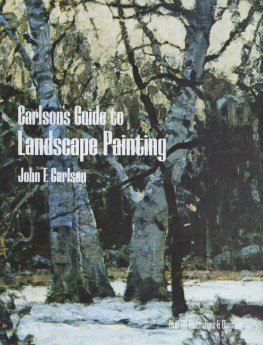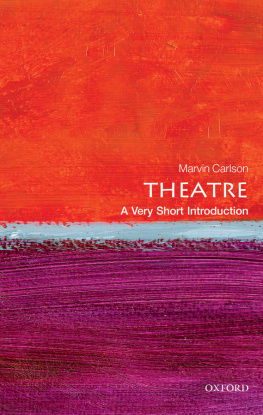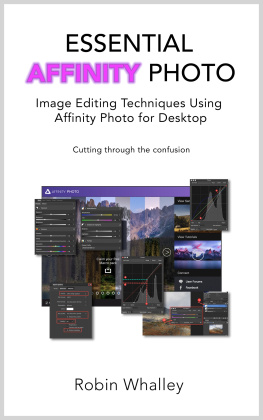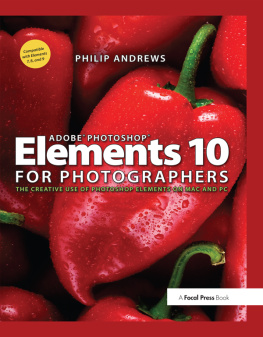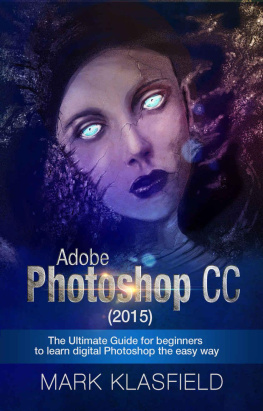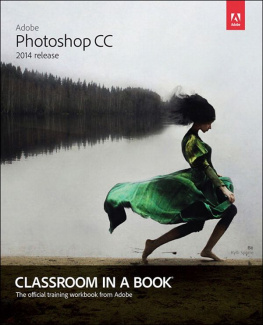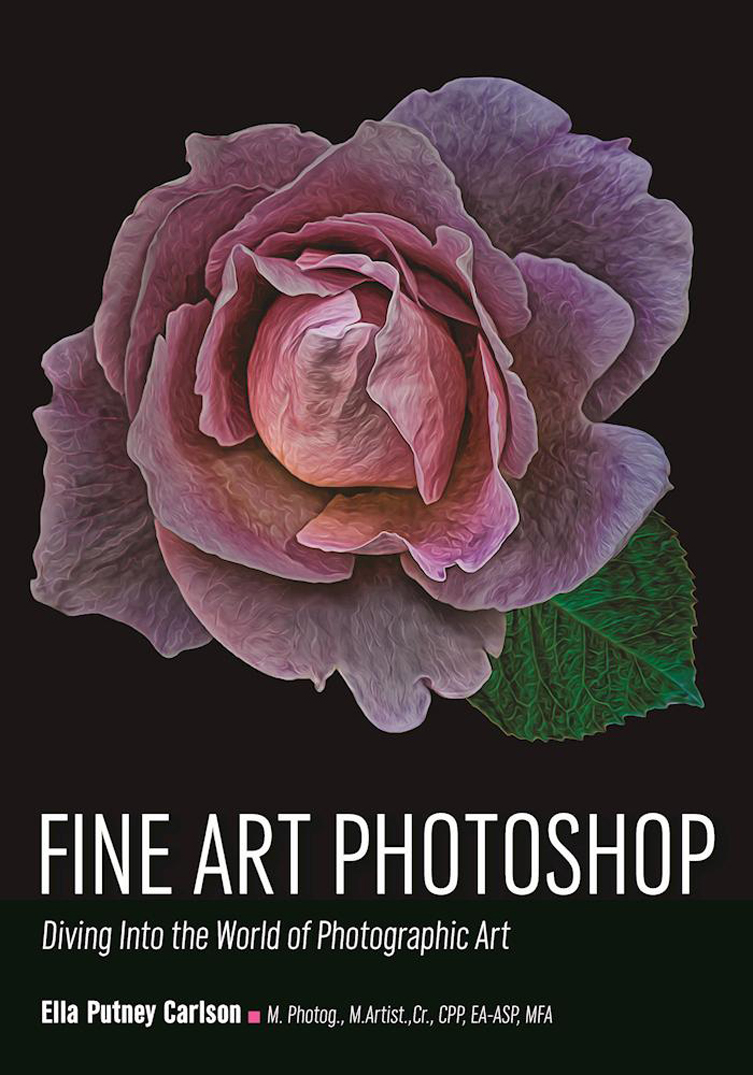
I d like to dedicate this book to my husband, Rob, who always supports my insanity without question; and to Alison Miniter, the best challenger, instigator, and collaborator I could possibly imagine. Ella Putney Carlson
AUTHOR A BOOK WITH AMHERST MEDIA!
Are you an accomplished photographer with devoted fans? Consider authoring a book with us and share your quality images and wisdom with your fans. Its a great way to build your business and brand through a high-quality, full-color printed book sold worldwide. Our experienced team makes it easy and rewarding for each book soldno cost to you. E-mail today!
Copyright 2017 by Ella Putney Carlson
All rights reserved.
All photographs by the author unless otherwise noted.
Published by:
Amherst Media, Inc., P.O. Box 538, Buffalo, N.Y. 14213
www.AmherstMedia.com
Publisher: Craig Alesse
Senior Editor/Production Manager: Michelle Perkins
Editors: Barbara A. Lynch-Johnt and Beth Alesse
Acquisitions Editor: Harvey Goldstein
Associate Publisher: Kate Neaverth
Editorial Assistance from: Ray Bakos, Rebecca Rudell, Jen Sexton
Business Manager: Adam Richards
ISBN-13: 978-1-68203-201-5
Library of Congress Control Number: 2016952155
10 9 8 7 6 5 4 3 2 1
No part of this publication may be reproduced, stored, or transmitted in any form or by any means, electronic, mechanical, photocopied, recorded or otherwise, without prior written consent from the publisher.
Notice of Disclaimer: The information contained in this book is based on the authors experience and opinions. The author and publisher will not be held liable for the use or misuse of the information in this book.

www.facebook.com/AmherstMediaInc
www.youtube.com/AmherstMedia
www.twitter.com/AmherstMedia
Table of Contents
Guide
Contents
Ella Putney Carlson
E lla Putney Carlson is a photographic illustrator and educator. She has her MFA from the New Hampshire Institute of Art, and she has earned the professional photography degrees of Master Photographer, Master Artist, Craftsman, and Certified Professional Photographer. She has also earned her educational associate degree from the American Society of Photographers. She has earned multiple Kodak Gallery Awards, Fuji Masterpiece Awards, and Courts of Honor awards.
She has been teaching at the University of Mass, Lowell, since 1999. In addition, she teaches workshops in Photoshop and Corel Painter for state and regional professional photography groups. She has also taught at New Hampshire Institute of Art, Middlesex Community College and DeCordova Museum, and her art has been exhibited in various galleries and museums.
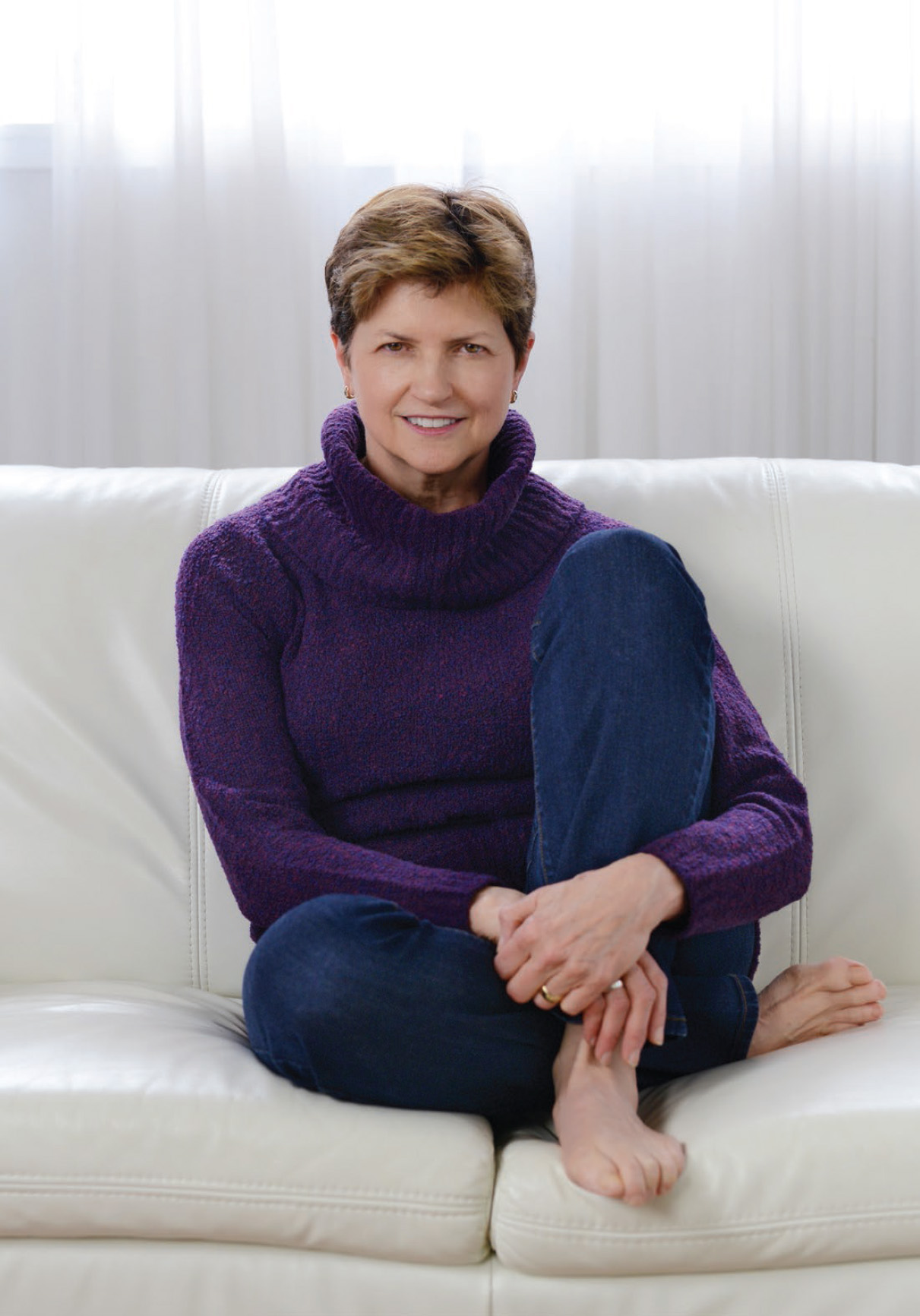
Photo credit: Nylora Bruleigh 2017
Credits:
M.Photog., M. Artist, Cr., CPP, EA-ASP
International Award-Winning Photographer
PPA Photographer of the Year, Diamond (20152016)
PPA Photographer of the Year (2015, 2014, 2013, 2011, 2010, 2008, 2007)
MA Photographic Excellence Award (2017, 2016, 2014, 2011, 2010)
NH Photographer of the Year (2009)
More about Ella Putney Carlson:
www.ellaputneycarlson.com
twitter.com/ellacarlson
www.facebook.com/Ella-Putney-Carlson-Art-271461129552384
I wish I could be in your head. Ive heard it many times, as have many of my colleagues who create imagery that is unexpected or somewhat unique.
My head is a pretty harrowing place at times. The truth is that, in addition to those wonderful moments of creative clarity, nearly all artists are often worried. Were afraid that we are going to lose our ability to see things in original, interesting or captivating ways. Were afraid there wont be a market for what we do. Writers and artists all know that the blank page is the scariest of things to behold. As an artist whose medium is photography, I may start with a captured image, but that is just the first mark on my canvas. From there, I have to use what I know about digital processing, as well as all that goes into a successful composition, to create something that speaks to me and, I hope, to others as well.

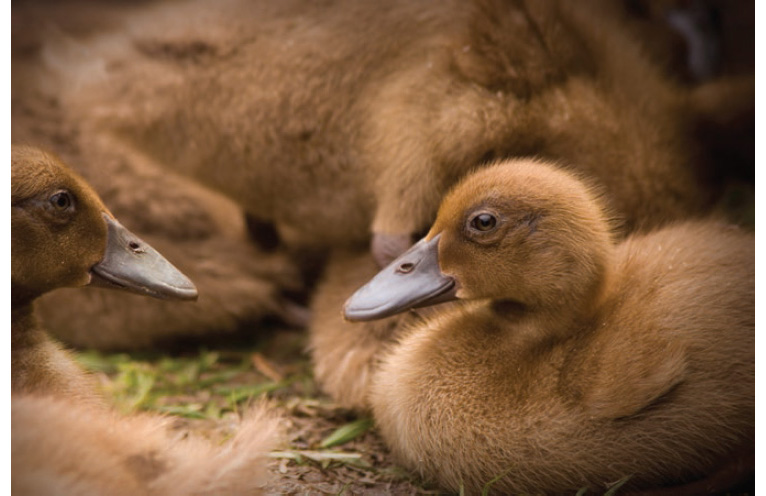
One of the creative tools I use to hone those skills is self-challenge. This image, The Donald, began with a capture at mid-day, in bright sunlight, and without the ability to do any posing of my subjectnot ideal conditions at all. In addition, this little duckling was in a wooden box, surrounded by several siblings. I decided to try to isolate the duckling, removing distractions, and to find out, by experimenting a bit, if there was a quality photograph in here by softening the background as well as darkening it.
Built upon the same basic principle of emphasizing the subject by eliminating distraction, the initial capture for On a Sea of Green contained a good deal more detail in the leaves surrounding the dragonfly. Using selective focus, I left enough of the background to give a sense of place and a feeling of movement.

Raspberry began with a mid-afternoon shot of an old, somewhat bedraggled horse. I took the horse off the background by selecting and copying him onto a field of solid black. Since the lighting was far less then optimal, I decided to play up all the contrast I had in the image to create an almost line-drawing-like effect. Some sharpening was applied. More shape was added to the horses head by using a standard technique of creating a layer in Soft Light mode and then painting it with black or white to burn and dodge. A quick flick of the brush added a few wisps of hair.

I often use a sky from a different shot when the sky that existed in my base image is dull or without detail. This is one case where I used a New Mexican sunset on a Boston skyline. Blend modes, which allow you to choose the darker pixels of the active layer or the base layer, are very helpful in a situation like this. There was a good deal of experimentation with filters and painted effects and the result is this completed image.

Blend modes, which allow you to choose the darker pixels of the active layer or the base layer, are very helpful in a situation like this.
Series Work Encourages Artistic Development
This was the first image in a series of images centered around dancers. Ive been working in series for about eight years now, even while I continue to work on other pieces. There are many reasons to do this. When you work in a series, you tend to exhaust the standard or cliched versions of whatever your subject might be rather quickly. After that initial easy period, you then have to start really searching for different and more creative ways to approach your subject. Finally you need to wring out every ounce of your own imagination to keep coming up with something more intriguing and interesting.




